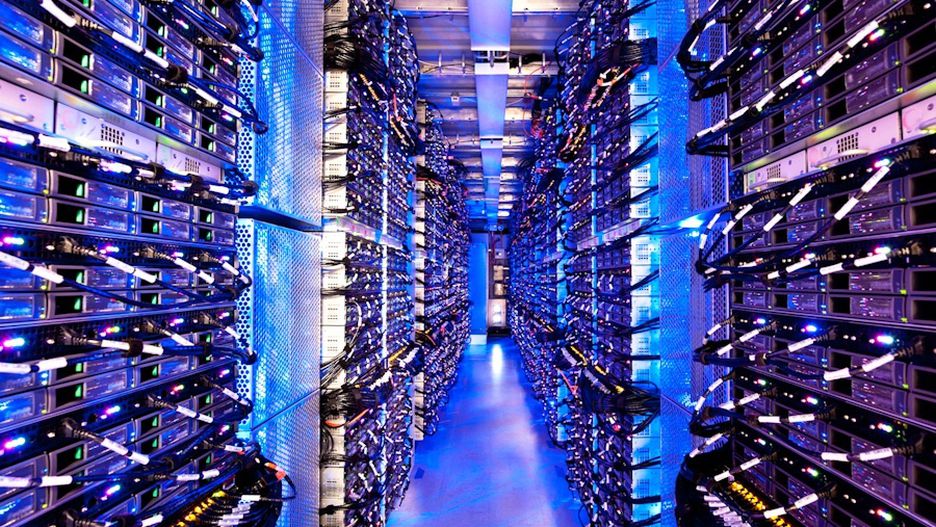In a world of augmented and virtual realities, driverless vehicles, rising demand among users for personalized experiences, and a voracious appetite among enterprise leaders for digital transformation, IT organizations and data centers have become points of intense focus.
With more competitors entering the fray – most highly capable and highly motivated – digital transformation has moved from being a competitive differentiator to a necessity – the price of admission if they want to keep playing the game at a high level.
In the Internet of Things, or more accurately the Internet of billions of Things, a staggering amount of raw data is zipping to and from network devices. Managing all this data and deriving the kind of intelligence that leads to smart, even game-changing business decisions is no simple task. Add to this an IT group expected to multitask and operate simultaneously on the levels of survival and innovation, often on a thin budget, and the tall order becomes even taller. There are many possible ingredients in a solution to this tall order — one of them is revisiting your data center setup.
Traditional versus new
Data center digital remote monitoring services have been around for many years now, but older offline traditional services, relying on intermittent status updates usually via email, are limited compared to the newer digital services now available. These services are online and connected to a data center, usually through a gateway, which makes possible true real-time monitoring. In addition, these newer services use IT services such as cloud, data analytics, and mobile apps.
The gap
Outside the data center, updates and notifications can be pushed to smart devices instantaneously. Inside many data centers around the world, however, managers are essentially blind as to when they should swap out a component in their UPS or cooling unit that is on its last legs. Certainly, most data centers today are not benefiting — or at least benefiting as they could be — from such key trends and technologies as:
- Embedded tech: Emerging in the form of sensors, notifications, and alarms, these new technologies are mushrooming in number. IDC predicts that by 2025, the global datasphere will hit 163 zettabytes (one trillion gigs, or roughly ten times the amount of data generated worldwide in 2016).
- Machine learning: These systems make for more precise analytics by using results from past learning. As an example, there is great value in understanding and recording why certain near-misses occurred.
- Big Data analytics: Examining data sets in order to draw conclusions about the information they contain, increasingly with the aid of specialized systems and software. In many scenerios it converts massive quantities of real-time data from network devices into information that can drive decisions. It can also be used to help organization understand what network resources are functioning as they should and what resources are about to fail. This kind of early intervention can dramatically reduce downtime.
This gap is worthy of deep consideration, as is how trends and advances in IT are changing data center monitoring and, in turn, how digital remote monitoring will change data center operations and maintenance.
Complimentary publication
Schneider Electric has produced a white paper entitled “Digital Remote Monitoring and How It Changes Data Center Operations and Maintenance.” that takes a close look at trends that are currently defining monitoring service requirements, and how they will result in improvements to data center operations and management. This publication covers a lot of ground, including:
- Trends influencing monitoring – seven tech trends currently influencing data center monitoring
- Benefits of digital monitoring – reduced downtime / lower mean time to repair; reduced operations overhead; lowered cost of maintenance and services; improved energy efficiency; and scalability
- Evolution of data center operations and maintenance
Source: itworldcanada.com
